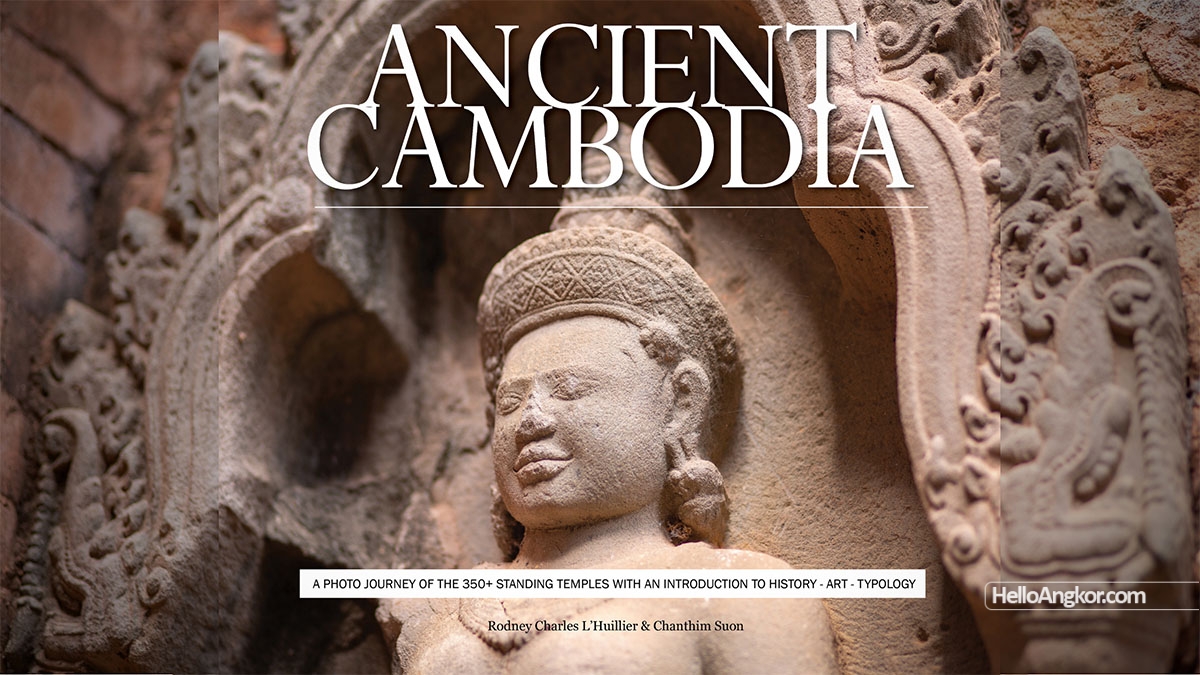A journey of the hidden ancient wonders of Cambodia from the prehistoric through to the 19th century, with full-color photos of over 350+ sites including every standing temple in Cambodia from the Ancient Funan, Chenla, and Angkorian eras.
Including an introduction to History, Temple Typology & Construction, and, an illustrated introduction to the Evolution of Khmer Art over 2000 years.
Almost 6 years in the making and a journey of over 30,000 km visiting over 1,500 archaeological and heritage sites. This book is a collection of all the ancient standing temples in Cambodia, mostly whole, or at least with structure above the lintel, some 350+ sites.
It has been an incredible journey to bring this book to light, working from old French publications and the people in the local villages to find our way to many remote and unknown wonders still hidden deep within the clutches of the Cambodian jungle. Through our favourite photos and short concise descriptions, all the temples from the well-known to the unknown are introduced, province by province with maps.
It’s a journey that started in 2017, after my first visit to Angkor Wat, I was hooked and chose to stay in Cambodia to explore the surrounding wonders. That stay was extended again, and again, and again. While exploring the ancient temples and pagodas of Siem Reap and Battambang, I was intrigued by the close integration of Buddhist culture into contemporary life. I was also intrigued by the scale of this ancient empire.
Curiosity would grow, and I’d soon start digging through the old French documentation, inspiring greater journeys around the country. In 2018 I had to return to Australia when my Father passed away, ending the journey and work on the Hello Angkor website. But, I would return to Cambodia in mid-2019 and carry on.
My photography skills were quite poor at that time, using only an old phone for taking pictures didn’t help either. Over time I’d get better at that, and in 2023 I’d pick up an old Canon 5D mkIII whilst being a 20-year-old camera it can still take beautiful pictures on par with most modern cameras. I’d stick to simple ethos with photography and edits, keeping it real, so what you see in the picture is what you can also go and experience. That said, this year we started using a drone to gain some extra perspective, although only a few of those shots are included in the book.
Initially, I would travel by myself on these journeys, heading off locally on an old Honda scooter, then *upgrading* to an old Yamaha Nuovo I purchased from a young girl who had travelled all the way from Vietnam on it. It was a basic but hardy machine and I started exploring the ancient road network. The journey from Siem Reap to Preah Khan of Kampong Svay, following the ancient Royal Road is one I’ll never forget. But, there would be many more ahead.
At that time Google Maps didn’t have the coverage it has today so I relied on contemporary research papers and the extensive documentation of the temples carried out by the French during the early 1900s and published in the École française d’Extrême-Orient (EFEO) bulletins. The works of Louis Delaporte and Etienne Lunet de Lajonquiere, published in the 1900s and the contemporary works of Bruno Bruguier would be hugely inspirational.
I’d buy a new bike in 2022 and go on several multi-day tours exploring the remote temples and then a 28-day tour around the whole country. On that tour, I’d meet Chanthim at the gate to Wat Tnaot Chum. Chanthim would be kind enough to stop and, curious about what the foreigner was doing in her village, she’d ask where I was going. I explained I was looking for the two ancient temples and she said OK, follow me.
Standing at the temple we noticed we had identical bikes, even more of a surprise was that the two bikes had done identical km!
We’d meet up again on later tours when I’d go exploring the Kampong Thom area. Soon enough though, we’d be travelling together around Cambodia and go on to do 30,000 km together on our Hondas.
We’d do several tours of southeast Cambodia, I’d start in Siem Reap and meet Chanthim in Kampong Thom heading down to Pursat, Kampot, Kampong Speu, Ta Keo etc. We’d do several trips to northeast Cambodia covering Preah Vihear province which was the most challenging yet most rewarding of all the tours. We’d cover the trails along the Mekong too.
After that we’d base together in Siem Reap, doing archival research and then go on tour after tour, covering all the temples. We have covered most of our original routes at least twice and many repeatedly as it often takes several trips to cover a whole area given the challenging terrain.
In 2023 we’d start work on curating everything for the book. Inspired by the old French journals, I was keen to include line drawings but, I am no artist. It’d take 3 months to learn how and create over 400 illustrations and the outcome is pretty cool. They are incredibly informative in a way that photos cannot be, especially for decayed relics.
I’d spend many more intensive months gluing together all the archival research done so far and synthesising that into a concise but super informative section on history up to the 19th century.
The first proof would be ready in January, then after some intensive editing, the next and final proof was ready in August.
Six years or so later, our journey presented in Ancient Cambodia the book, is now available.
Sample Pages of Ancient Cambodia (the book)
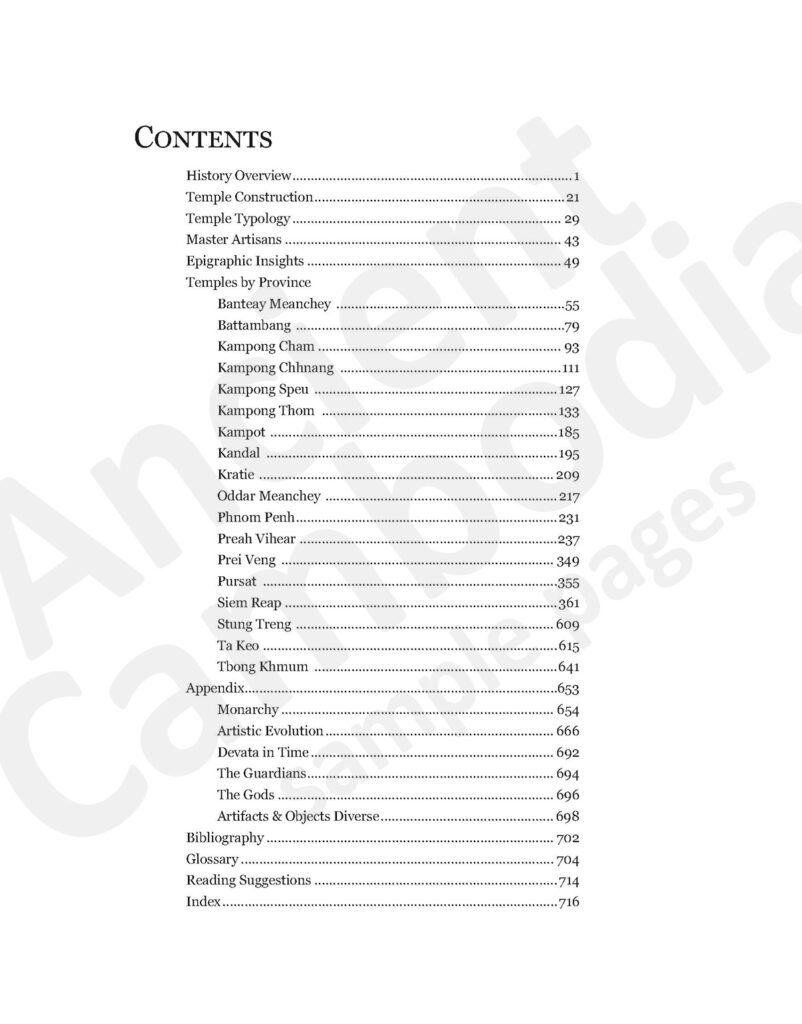
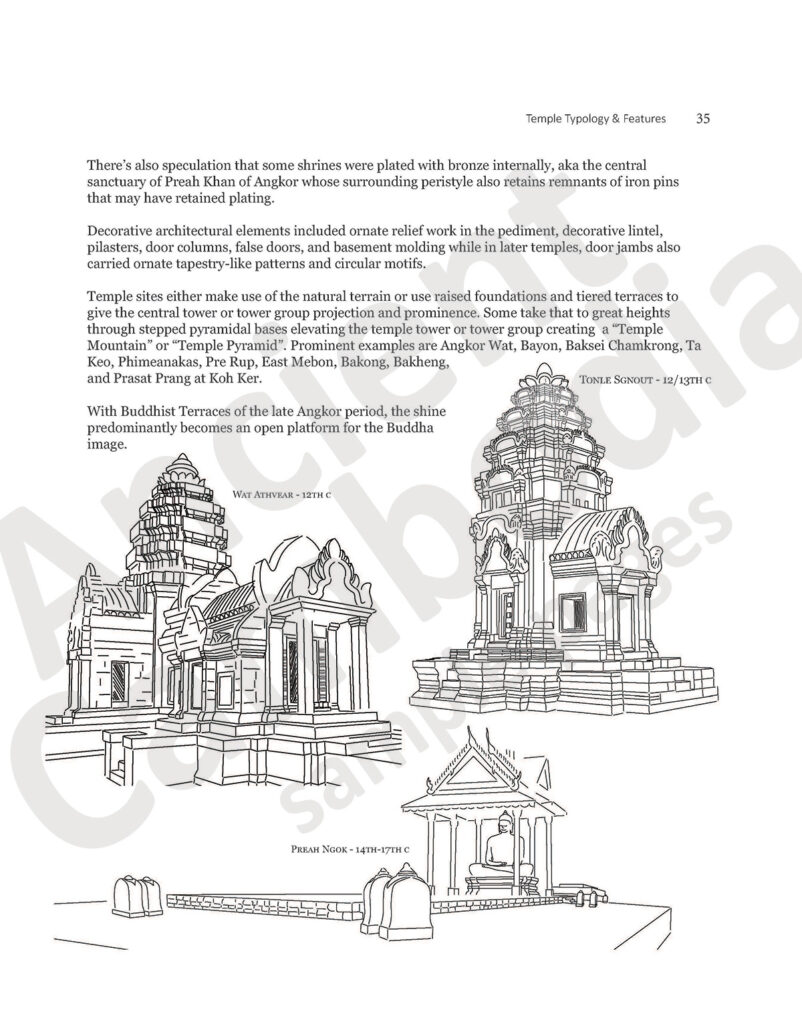
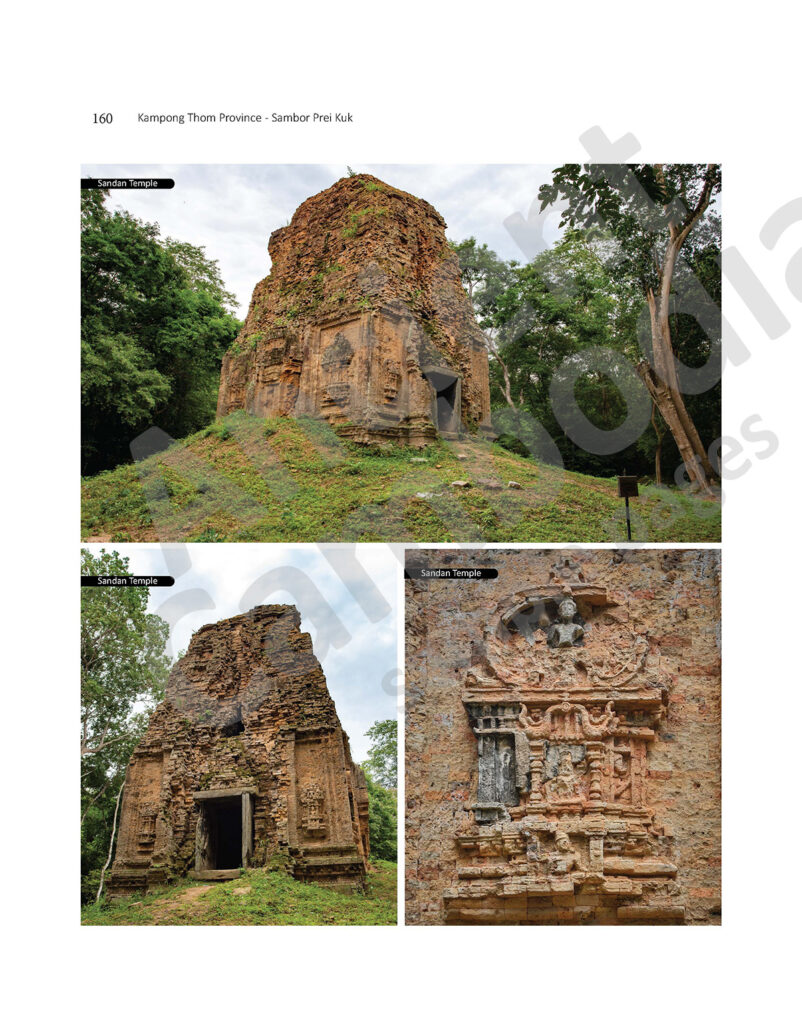
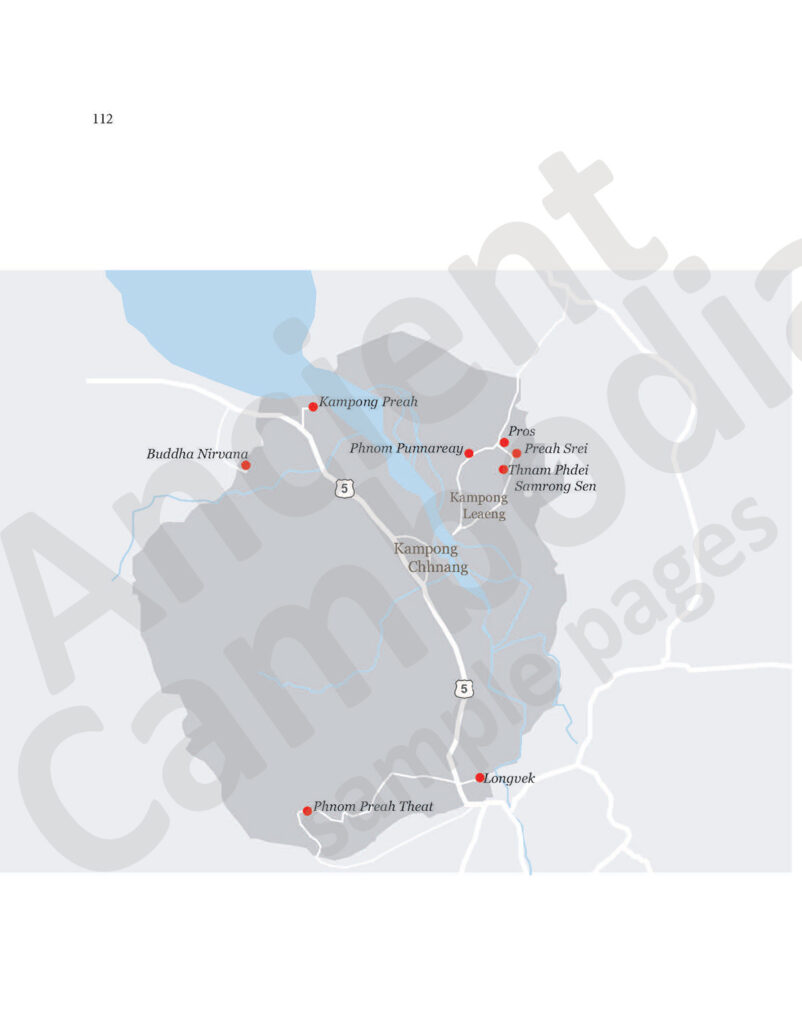
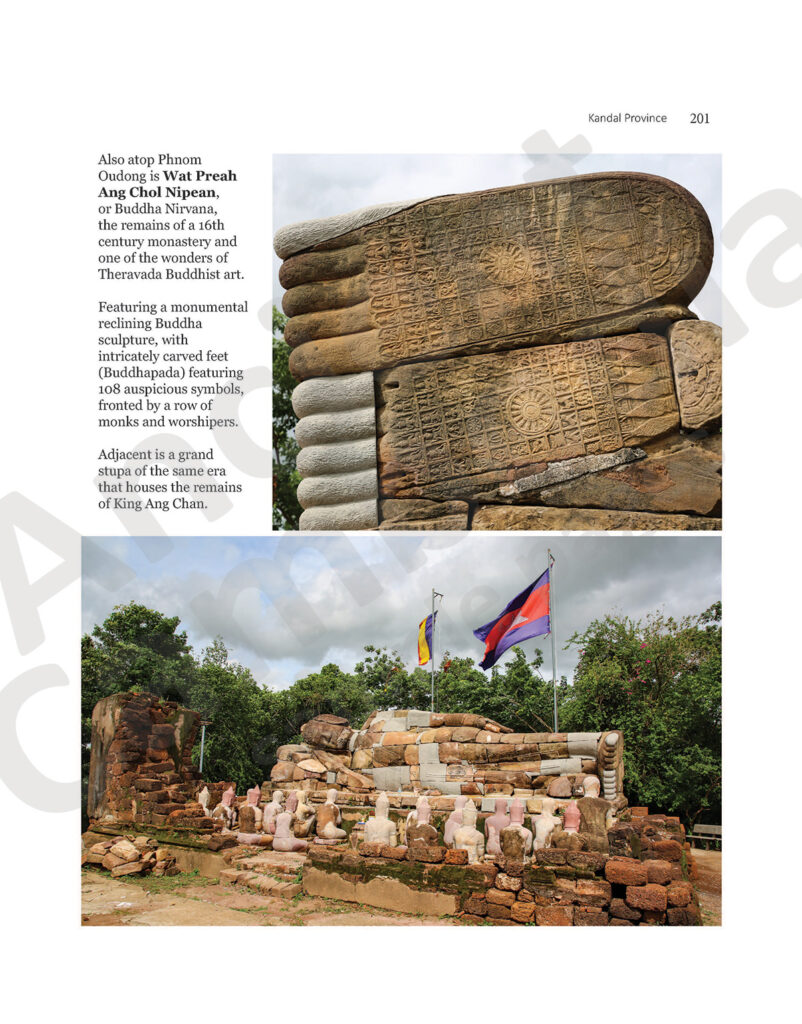

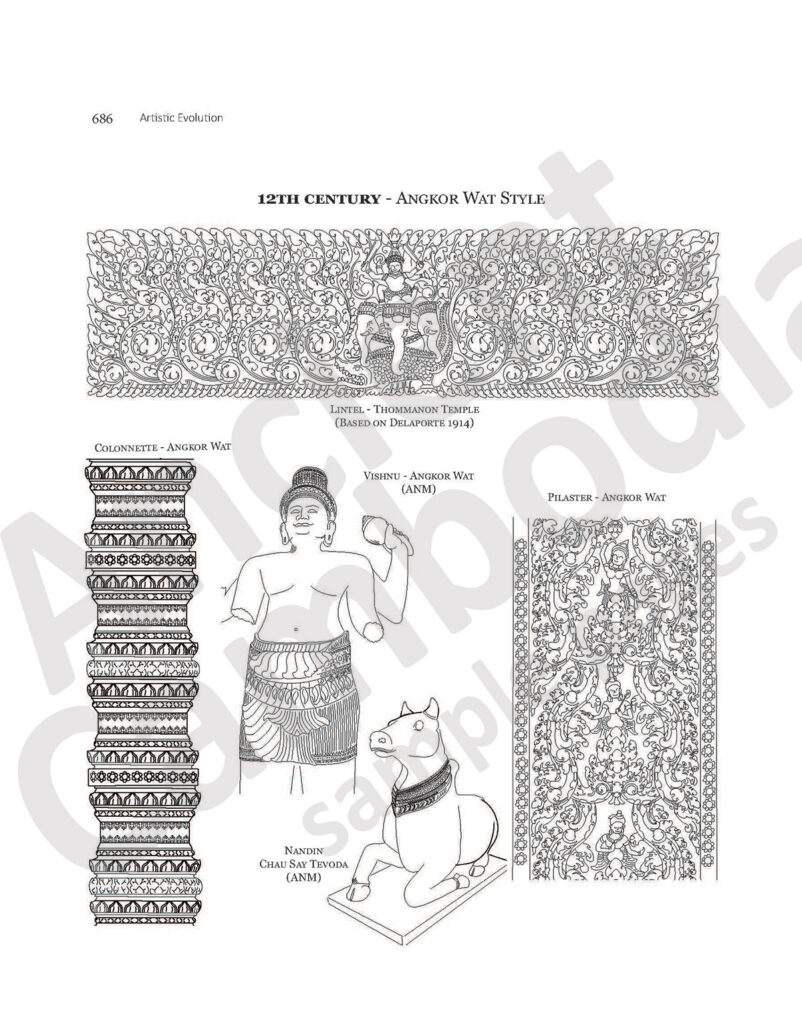
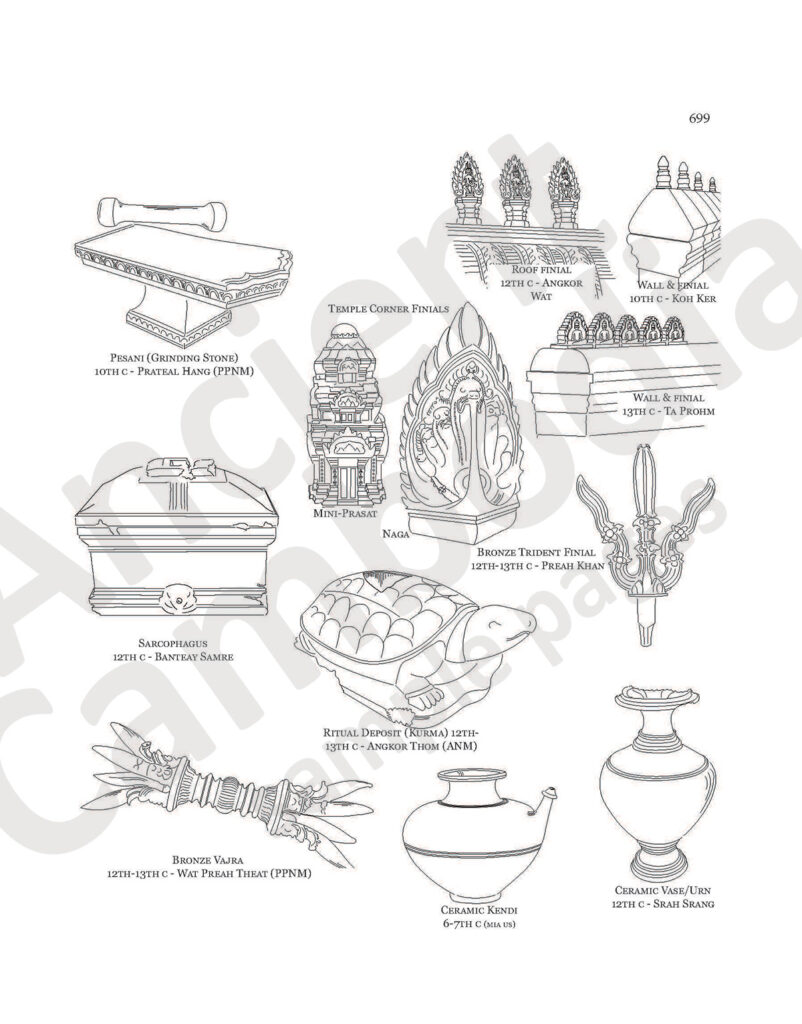
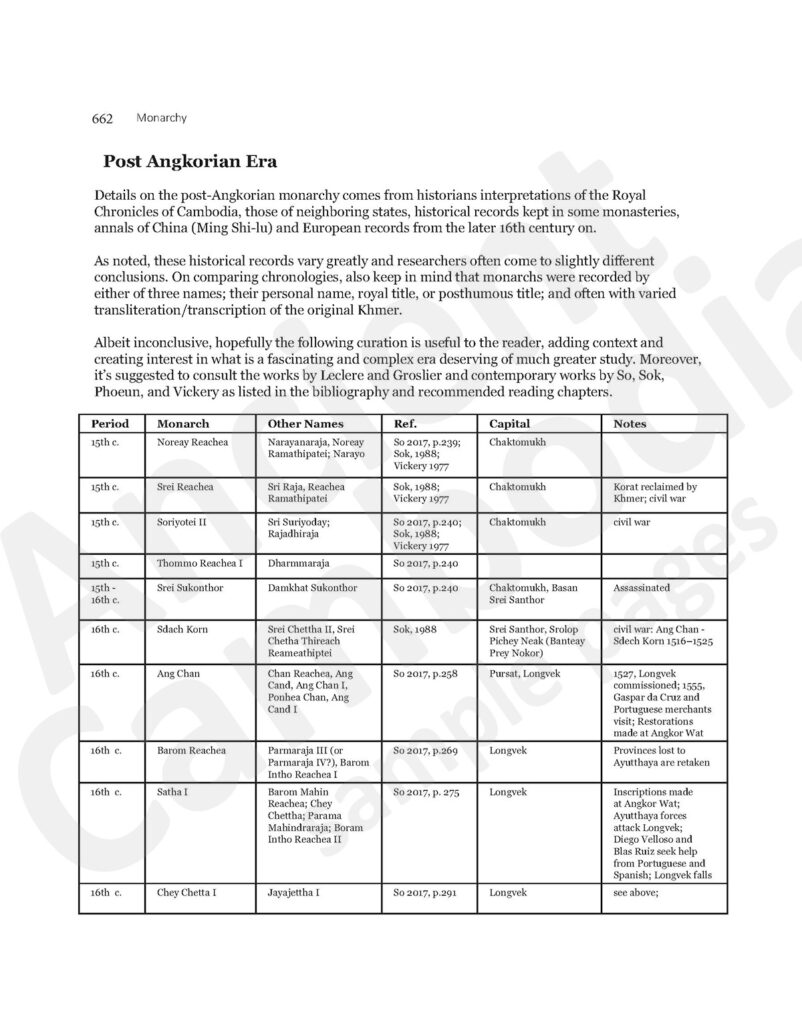

Book Introduction
Ancient Cambodia begins with a concise introduction to the prehistoric period, the Funan and Chenla eras (1st-8th centuries), the Angkorian era (9th-15th centuries), and the post-Angkorian era (15th-19th centuries), providing readers with an essential foundation in the ancient history of Cambodia. This historical section, a synthesis of classical French works and the latest publicly published research, which was a near-year-long journey in itself.
The writing style strikes a balance between personal reflection and historical and archaeological content, aimed at both educating and inspiring readers interested in Cambodia’s rich cultural heritage. A strong emphasis is placed on factual research, presented in clear, easy-to-understand language to provide the reader with a solid grounding.
Temple typology and construction are introduced together with illustrations, along with an introduction to epigraphic studies that continue to enlighten us about the ancient Khmer world.
With this historical and conceptual foundation, the ancient wonders are then introduced province by province, through their photos collected in travels from 2017-2024. Over 1,000 are used to present the well-known temples through to lesser-known hidden gems.
Provinces covered, those with standing temples, include Siem Reap, Kampong Thom, Preah Vihear, Stung Treng, Kratie, Tbong Khmum, Kampong Cham, Kandal, Phnom Penh, Ta Keo, Kampot, Kampong Speu, Prei Veng, Pursat, Battambang, Banteay Meanchey, and Oddar Meanchey.
In its 700+ pages, the book features over 150 illustrations by the author (that took way too long to create) introducing gods, guardians, Apsara/devata, and diverse artifacts.
Also presented through illustration is the evolution of Khmer art by chronological style, including Pre-proto-historic; 6th c – Phnom Da; 7th c – Thala Borivat/Early Sambor; 7th c – Sambor Prei Kuk; 7th c – Prasat Andet; 7th c – Prei Khmeng; 8th c – Kampong Preah; 9th c – Kulen, Preah Ko; 10th c – Bakheng; 10th c – Koh Ker; 10th c – Pre Rup; 10th c – Banteay Srei; 11th c – Khleang; 11th c – Baphuon; 12th c – Angkor Wat; 12th-13th c – Bayon; 13th-15th c – Post-Bayon/Late Angkor; 15th-19th c – Post-Angkorian
The book concludes with a chronology of the monarchy sprinkled with notes, a suggested reading list to dive even deeper, a bibliography, and a lengthy glossary.
Whether you are a student of history, a seasoned traveller, or simply an armchair adventurer, this book is a must-have for anyone who has ever dreamed of exploring Cambodia.
Three versions are available including eBook, Hardcover, and Paperback. Our recommendation is the eBook while libraries and institutions may prefer the hardcover or paperback. Page counts vary slightly due to different formatting.
About your authors:
Rodney Charles L’Huillier is an Australian expat, residing in Cambodia since 2017, having previously spent near ten years in mainland China. He is strongly driven by curiosity, a love of exploring, and archival research. His favourite book carried for the last ten years, is The Bodhicaryavarta by Santideva (translated by Kate Crosby and Andrew Skilton).
Chanthim Suon is a native Cambodian, a mother of two, who has devoted herself to her two daughters and overcoming the challenges and hardships that journey has presented. She has a close affinity with natural Cambodia, and rural life, and also finds great joy in exploring the wonders of her ancient ancestors.
eBook
ISBN-13: 978-0645954623
Pages: 709
Photos & Illustrations: 1400+
RRP: $49.99 USD
Available online via all major and independent e-book retailers.
Available at (recommended)
Book Updates – Errata & Corrigenda
In case of Boo Boos 😉

